One of the side-effects of World War II on London was that many archaeological remains surfaced either as a direct result of the bombing of the city or during the reconstruction that followed. Many of the buildings and structures that were discovered had been buried deep underground as the city developed over centuries.
That is the reason why if you head to the Barbican, just off St Paul’s Cathedral and Saint Bartholomew’s Hospital, you will find a car park on the street named London Wall. A number of the parking bays in this underground car park are unusable, and the reason is simple – there’s a preserved segment of the wall that surrounded London. Another piece of the wall lies not far off in the basement of the Central Criminal Court, Old Bailey. There are other similar treasures to be found.
Also in London, in 1954, during excavation work for the construction of Bucklersby House, a 14-storey block to house Legal & General, a temple site was uncovered. It was a Mithraeum – a temple to the god Mithras. The site would have been on the bank of the River Walbrook in Roman times. The river, long gone, gave its name to Walbrook Square in the area.
The ruins were dismantled and moved 100 metres to Queen Victoria Street only to return to the original site – fully preserved – in 2010 when Bloomberg moved into Walbrook Square.
Underground London is a real treasure to discover. Recognition of the heritage remains strong in preservation projects and the place names inherited from the distant past.
Historically rich sites like London, Rome and our own islands can prove to be nightmares for developers who stumble on artefacts and structures from the distant past. These could threaten to become an obstacle to their dreams, and the temptation is strong to leave the past buried for good.
The story has been doing the rounds of the cart ruts and old walls that were ‘preserved’ in a car park close to a popular supermarket development in Malta. I must admit I was surprised that the effort was made to preserve something beyond the urge to develop and bury our heritage under concrete. We are not good custodians of the rich heritage – cultural and natural – that we are meant to temporarily borrow before passing on to future generations.
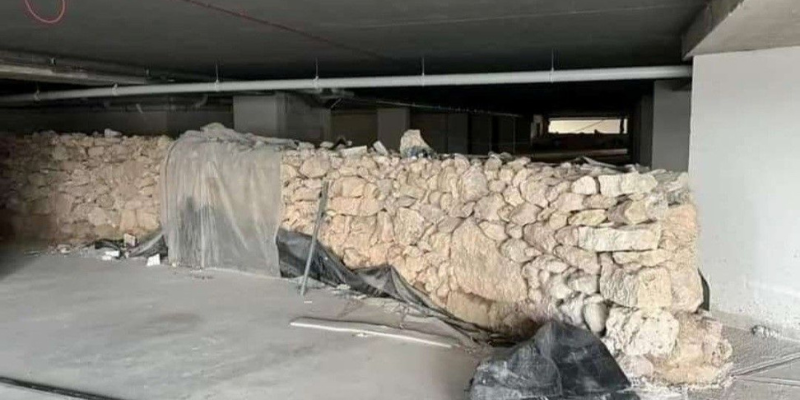
The picture doing the rounds on social media of rubble walls and cart ruts ‘preserved’ in a basement.
Heritage Malta, ironically the institutional custodian of our historical inheritance, has been caught red-handed by The Shift on two occasions already. Palazzo Vilhena in Mdina first, and the Ta’ Bistra Catacombs next, were both subject to similar shameful dealings where a fast buck was deemed more important than the respect of our heritage.
It is not surprising when the Superintendent of Cultural Heritage failed to take action against Cabinet Minister Anton Refalo for possession of a protected artefact in his own Qala home.
All the while, our natural heritage is being flushed down the drain of business opportunities. Next in line is Hondoq ir-Rummien.
On Thursday, the Environment Planning Review Tribunal will decide on an appeal filed by developers who want to build a hotel, parking facilities, 25 villas, 60 apartments and 200 multi-owner properties on the site. This will be a 104,000 square metre development – by my calculations, the surface area of 15 football pitches.
Robert Abela paid lip service to those opposing the project in his parliament speech on Tuesday, in which he defended his government with a “social soul”. Forgive me for being cynical, but this government’s track record does not say much for the preservation of the soul of the nation, our heritage.
Soon we will have no heritage to look after other than crumbling grey edifices that remind us of our generation’s ugly imprint on our environment. Heritage much?

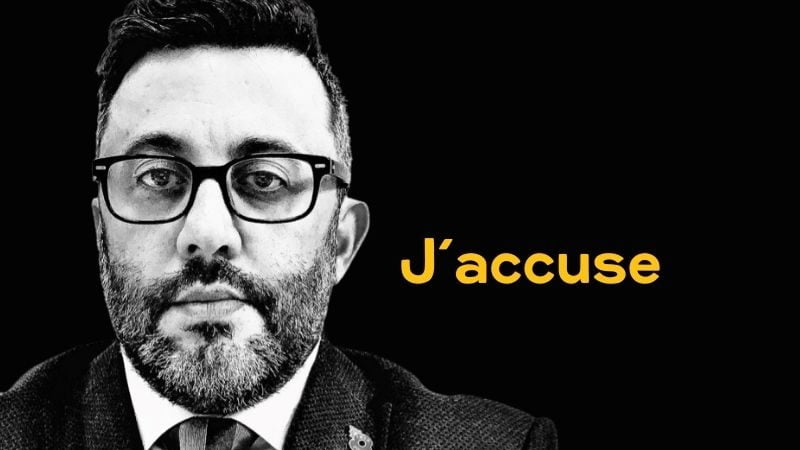

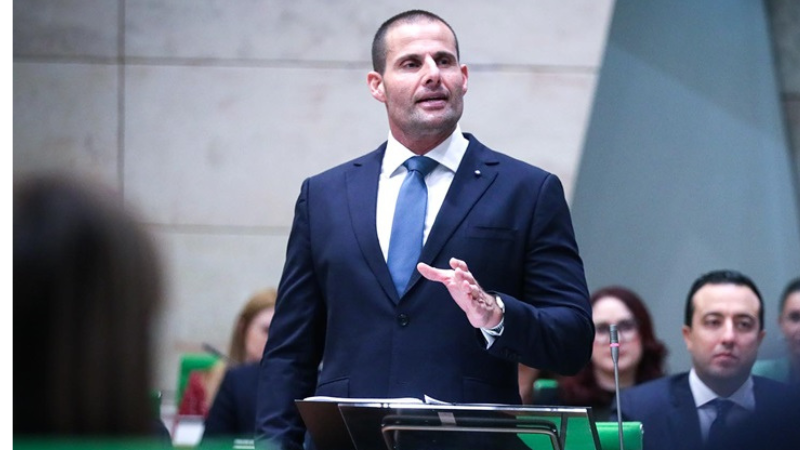
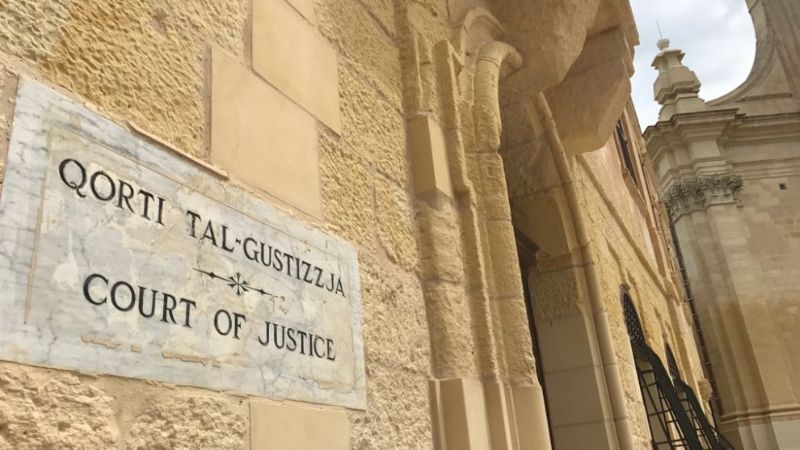
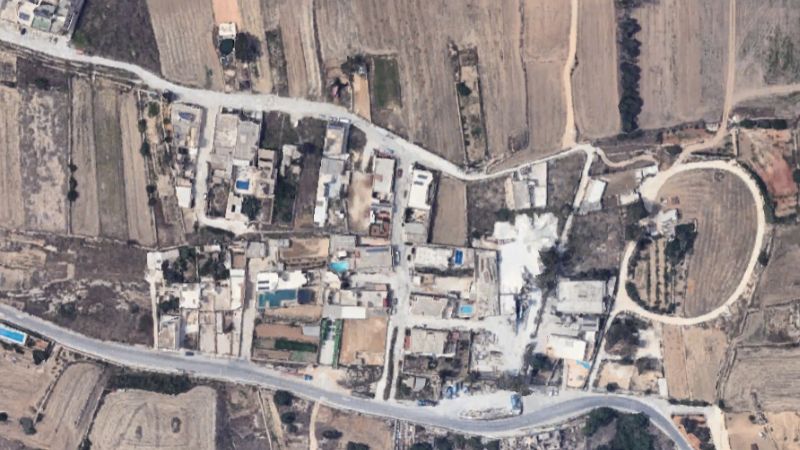
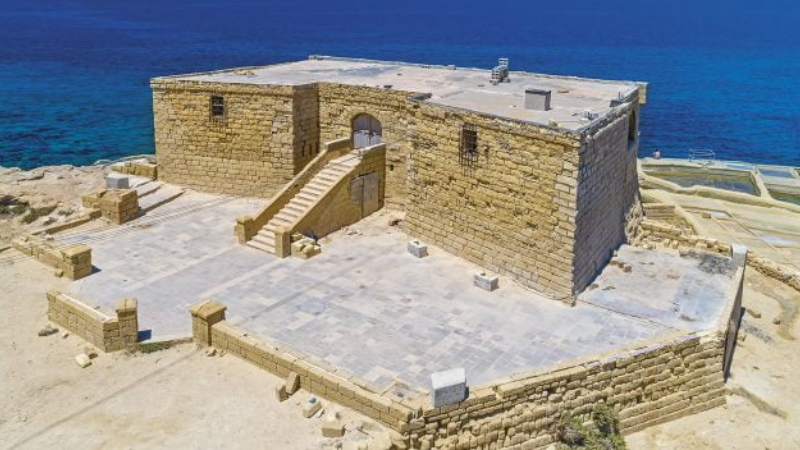






Absolutely spot on, Robert Abela is a philistine and totally unqualified to comment on anything to do with Heritage. He will soon be able to proclaim the Malta is the only country where you can see an uninterrupted view from South to North across the concrete, another “First”.